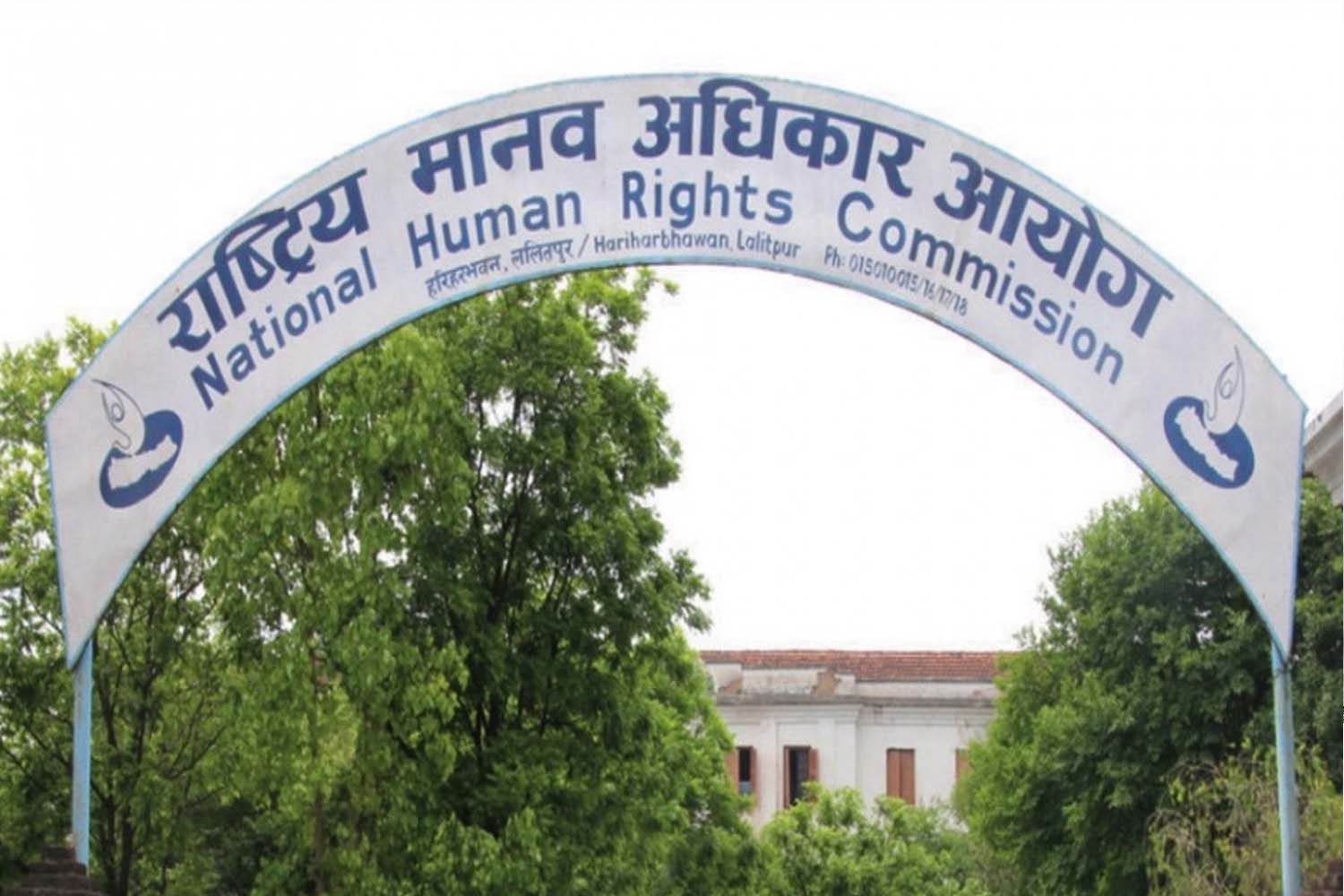Menstrual huts: You demolish one, we’ll build another

When she started menstruating, her relatives did not allow her to stay home. As gods were supposedly angry, she was kept in a barn far from home. Tulsi Shahi, 19, of Lainchaur in Chamundabindra Saini of Dailekh district died in the cowshed, bitten by a snake while she was asleep. This happened in June 2017, after Shahi who forced into sleeping in a ‘menstruation hut’ by her own family.
In the same year, Lalsara BK, 24, also died in a menstruation hut. Forced to sleep in a shed far from her home, she was found dead in the morning, the cause of her death unknown. Around the same time, Nirmala Bartaula died of severe cold in another menstruation hut in Surkhet. There was also a report of a girl who was gang-raped in Barahatal village of Surkhet while sleeping in a menstruation hut built far from home.
According to INSEC, an NGO working in the field of human rights, 13 women and adolescents have lost their lives in such menstrual huts in the past 25 years in Dailekh district alone. But still, the practice continues in Dailekh as well as in other districts of the Karnali province. Women and adolescents are losing their lives pre-maturely as they are forced to sleep in menstruation huts, where they may be bitten by snakes, attacked by wild animals, suffocate, freeze, and even face physical assault and rape.
Most incidents of menstrual hut deaths are not reported, women rights activists say, as villagers tend to hide such cases.
After the death of many women in menstruation huts, the government last year started a campaign to demolish them. Thousands of these makeshift menstruation huts were destroyed in Karnali province. In Surkhet district alone, around 2,000 menstruation huts were demolished. But with the end of the campaign, menstruation huts have started resurfacing.
Women in these areas are still not allowed indoors during menstruation. After the demolition of the menstruation huts, they are made to stay in temporary sheds made of dried leaves and twigs for five days. This has made women and adolescents even more vulnerable. In Panchpuri municipality and Chowkune rural municipality of Surkhet, around 60 percent women are still forced out during their menstruation.
The locals are building more makeshift huts, farther away from their homes, in the fear of being hounded by the police. The women are now being made to sleep in animal sheds or even under the open sky during their menstruation.
Not only the three tiers of the government, even NGOs have been fighting against the practice of building menstruation huts, but to no avail.
Ghanshyam Bhandari, mayor of Dullu municipality, informs that preparations are underway to mobilize engineers through its Gender Equality and Social Inclusion Branch. “We realize our campaign to demolish menstruation huts last year was not enough. Now we are trying to come up with alternative plans,” he says.
Similarly, mayor of Panchpuri municipality, Upendra Bahadur Thapa, says the campaign is far from over. “We have deployed women’s groups and volunteers to spread awareness. We also organize roundtable meetings among local women,” he says. Thapa informs the municipality has withheld social security allowances and other municipal facilities for the offending families. Hinting at its success, Thapa says many women are now sleeping in different designated rooms within their own homes instead of somewhere outdoors.
related news
NICCI launches a hand book for Indian investors
May 1, 2024, 3:09 p.m.
135th May Day: NHRC calls for promoting labor rights
May 1, 2024, 2:02 p.m.
One more person injured in the Lalitpur fire dies
May 1, 2024, 11:20 a.m.
International Worker Day or May Day being celebrated today
May 1, 2024, 9:27 a.m.
Over Rs 10. 34 million stolen from Nabil Bank in Birgunj
April 30, 2024, 8:39 p.m.
Fire engulfs 150 houses in Saptari
April 30, 2024, 8:08 p.m.
Govt urges people to wear masks to protect themselves from air pollution
April 30, 2024, 5:19 p.m.









Comments